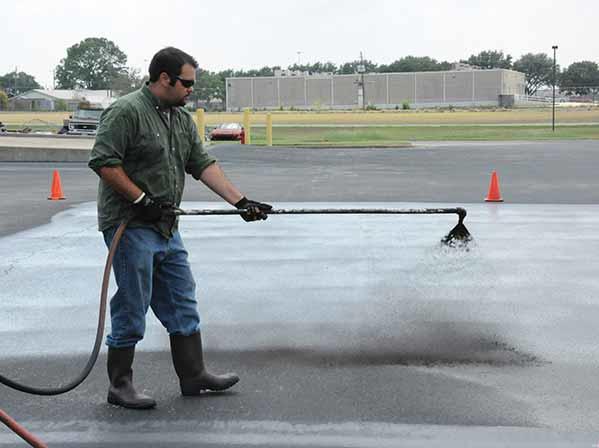What is coal tar?
Coal tar is derived from coal. It is a byproduct of the production of coke, a solid fuel that contains mostly carbon, and coal gas. Coal tar is used primarily for the production of refined chemicals and coal-tar products, such as creosote and coal-tar pitch. Certain preparations of coal tar have long been used to treat various skin conditions, such as eczema, psoriasis, and dandruff.
What is coal-tar pitch?
Coal-tar pitch is a thick black liquid that remains after the distillation of coal tar. It is used as a base for coatings and paint, in roofing and paving, and as a binder in asphalt products. Both coal tar and coal-tar pitch contain many chemical compounds, including carcinogens such as benzene.
How are people exposed to coal tar and coal-tar pitch?
The primary routes of human exposure to coal tars and coal-tar products are inhalation, ingestion, and absorption through the skin. Exposure to coal tars and coal-tar pitches may occur at foundries and during coke production, coal gasification, and aluminum production. Other workers who may be exposed to coal-tar pitches include those who produce or use pavement tar, roofing tar, coal-tar paints, coal-tar enamels, other coal-tar coatings, or refractory bricks.
The general population may be exposed to coal tars in environmental contaminants and through the use of coal tar preparations to treat skin disorders such as eczema, psoriasis, and dandruff.
Which cancers are associated with exposure to coal tar and coal-tar pitch?
Occupational exposure to coal tar or coal-tar pitch increases the risk of skin cancer. Other types of cancer, including lung, bladder, kidney, and digestive tract cancer, have also been linked to occupational exposure to coal tar and coal-tar pitch.
How can exposures be reduced?
Exposures to coal tar and coal-tart pitch are regulated under the U.S. Occupational Safety and Health Administration’s (OSHA) Air Contaminants Standard for general industry, shipyard employment, and the construction industry. OSHA provides detailed safety and health information about coal-tar pitch to the public.
Selected References:
- National Toxicology Program. Coal Tars and Coal-Tar Pitches, Report on Carcinogens, Fifteenth Edition. Triangle Park, NC: National Institute of Environmental Health and Safety, 2021. Also available online. Last accessed December 5, 2022.
- National Water-Quality Assessment Program. Frequently Asked Questions—Parking-Lot Sealcoat: A Major Source of PAHs in Urban and Suburban Environments. Reston, VA: U.S. Geological Survey, 2014. Available online. Last accessed June 7, 2024.
- Occupational Safety and Health Administration. Coal Tar Pitch Volatiles, Safety and Health Topics. Washington, DC: U.S. Department of Labor. Available online. Last accessed June 7, 2024.
- Office of Water. Stormwater Best Management Practice: Coal-Tar Sealcoat, Polycyclic Aromatic Hydrocarbons, and Stormwater Pollution. Washington, DC: U.S. Environmental Protection Agency, 2012. Also available online. Last accessed June 7, 2024.
